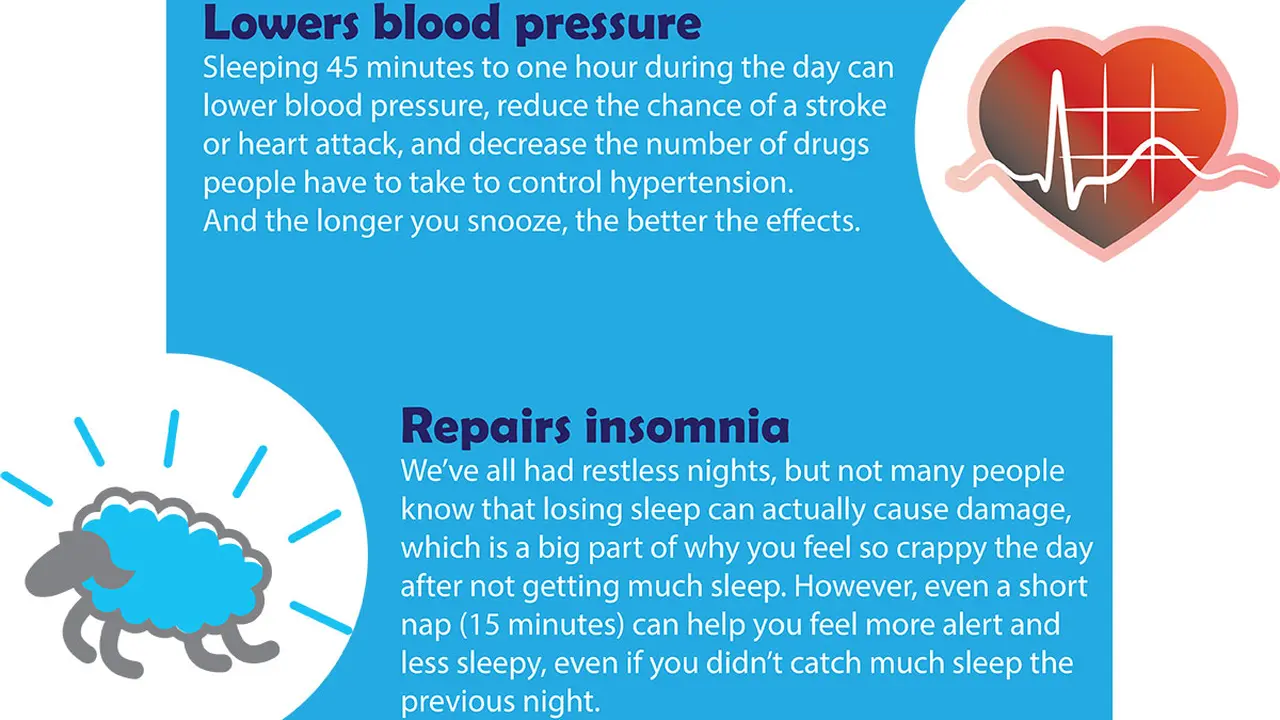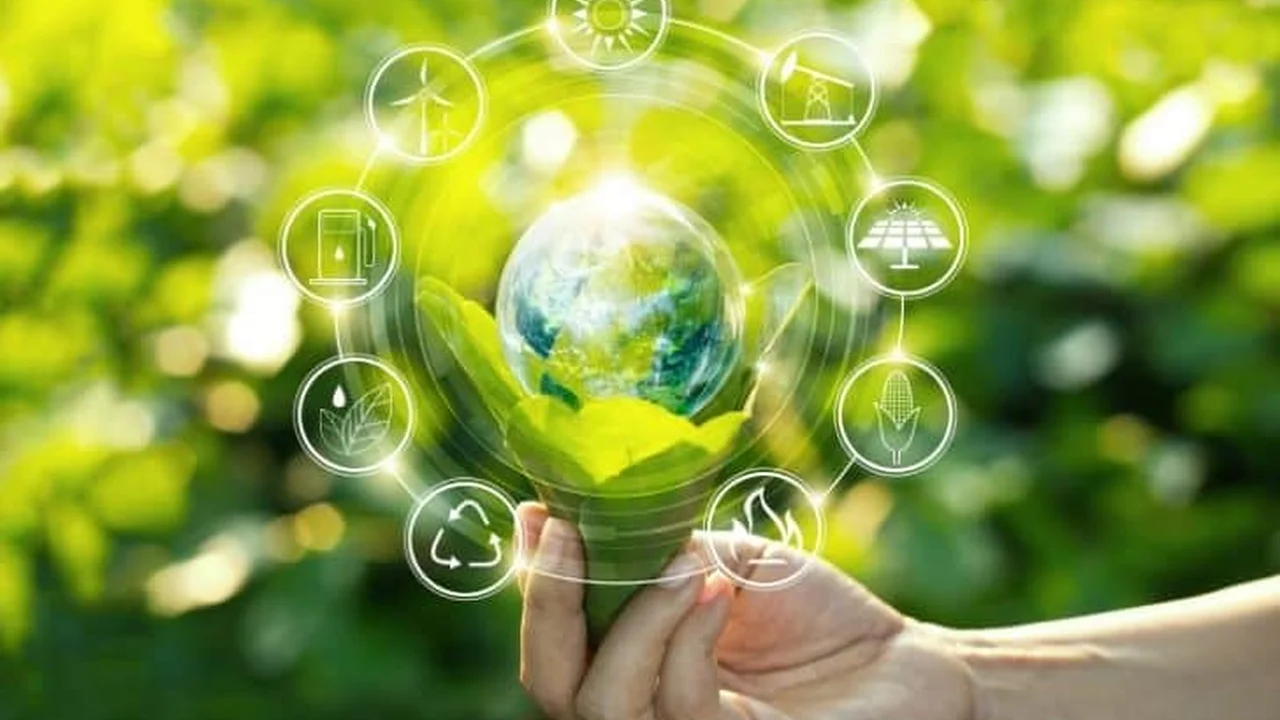The Benefits of Journaling for Mental Clarity and Self-Reflection
Meta description: Discover eco-friendly tips for sustainable living, reducing your environmental impact and improving your well-being. Learn about eco-friendly products, sustainable practices, and how to contribute to a healthier planet.

Understanding the Importance of Eco-Friendly Living Sustainability
Hey everyone! Let's talk about something super important: creating a sustainable lifestyle. It's more than just a buzzword; it's about making choices that protect our planet for future generations. Think about it – the air we breathe, the water we drink, the resources we use – all come from the Earth. A sustainable lifestyle means using these resources responsibly, minimizing waste, and reducing our overall environmental impact. It's about living in harmony with nature, not against it.
Why is this so crucial? Well, our current consumption patterns are unsustainable. We're depleting natural resources faster than they can regenerate, polluting the environment with harmful chemicals and plastics, and contributing to climate change. Climate change, in particular, is a massive threat, leading to rising sea levels, extreme weather events, and disruptions to ecosystems. By adopting a sustainable lifestyle, we can help mitigate these issues and create a healthier, more resilient planet.
Practical Tips for Reducing Your Environmental Impact Eco-Friendly Practices
Okay, so how do we actually do it? Here are some practical tips you can incorporate into your daily routine:
Reduce, Reuse, Recycle The Foundation of Sustainability
This is the golden rule! First, reduce your consumption. Do you really need that new gadget, or can you make do with what you have? Before buying anything, ask yourself if it's a necessity or a want. Then, reuse items whenever possible. Instead of buying disposable coffee cups, invest in a reusable one. Use cloth bags for grocery shopping instead of plastic. Get creative with repurposing old items. An old t-shirt can become cleaning rags, and a glass jar can be used for storing food. Finally, recycle everything you can. Make sure you know your local recycling guidelines and sort your waste properly. Recycling helps conserve resources and reduces landfill waste.
Conserve Energy at Home Energy Efficiency Tips
Energy consumption is a major contributor to greenhouse gas emissions. Here are some ways to conserve energy at home:
- Switch to LED lighting: LED bulbs use significantly less energy than traditional incandescent bulbs and last much longer.
- Unplug electronics when not in use: Even when turned off, electronics can still draw power. Use a power strip to easily switch off multiple devices at once.
- Use energy-efficient appliances: When buying new appliances, look for the Energy Star label. These appliances are designed to use less energy and save you money on your utility bills.
- Adjust your thermostat: During the winter, set your thermostat a few degrees lower and wear warmer clothing. In the summer, raise your thermostat a few degrees and use fans to circulate air.
- Insulate your home: Proper insulation can help keep your home warm in the winter and cool in the summer, reducing your energy consumption.
Conserve Water Water Conservation Strategies
Water is a precious resource, and it's essential to conserve it. Here are some water conservation tips:
- Take shorter showers: Even a few minutes can make a difference.
- Fix leaky faucets: A dripping faucet can waste a significant amount of water over time.
- Install low-flow showerheads and toilets: These fixtures use less water without sacrificing performance.
- Water your lawn efficiently: Water your lawn early in the morning or late in the evening to reduce evaporation. Use a sprinkler that waters only the lawn, not the sidewalk or driveway.
- Collect rainwater: Use a rain barrel to collect rainwater and use it to water your garden.
Choose Sustainable Transportation Eco-Friendly Commuting Options
Transportation is another major source of greenhouse gas emissions. Here are some ways to reduce your transportation footprint:
- Walk or bike: Whenever possible, walk or bike instead of driving. It's good for your health and good for the environment.
- Use public transportation: Take the bus, train, or subway instead of driving.
- Carpool: Share a ride with coworkers or friends.
- Drive an electric or hybrid vehicle: Electric and hybrid vehicles produce fewer emissions than gasoline-powered cars.
- Maintain your vehicle: Regular maintenance can help improve your vehicle's fuel efficiency.
Eat Sustainably Sustainable Food Choices
The food we eat has a significant impact on the environment. Here are some ways to eat more sustainably:
- Eat less meat: Meat production is a major contributor to greenhouse gas emissions and deforestation. Try incorporating more plant-based meals into your diet.
- Buy local and seasonal produce: Buying local and seasonal produce reduces transportation emissions and supports local farmers.
- Reduce food waste: Plan your meals carefully, store food properly, and compost food scraps.
- Choose organic and sustainably sourced food: Organic farming practices are better for the environment and for your health.
- Grow your own food: Even a small garden can provide you with fresh, healthy produce.
Reduce Plastic Consumption Plastic Alternatives
Plastic pollution is a growing problem. Here are some ways to reduce your plastic consumption:
- Use reusable shopping bags: Keep reusable bags in your car so you always have them on hand.
- Use reusable water bottles: Instead of buying bottled water, fill up a reusable water bottle.
- Avoid single-use plastics: Say no to plastic straws, cutlery, and coffee cups.
- Buy products with minimal packaging: Choose products that come in recyclable or compostable packaging.
- Use reusable food storage containers: Instead of plastic wrap or plastic bags, use reusable containers to store food.
Shop Responsibly Ethical Consumption
The products we buy have a story behind them. Consider the environmental and social impact of the products you purchase:
- Buy products from sustainable companies: Look for companies that are committed to environmental and social responsibility.
- Choose products made from recycled materials: Buying products made from recycled materials helps reduce waste and conserve resources.
- Support fair trade products: Fair trade products ensure that farmers and workers receive fair wages and working conditions.
- Avoid fast fashion: Fast fashion is a major source of pollution and waste. Choose high-quality, durable clothing that will last longer.
Eco-Friendly Products for a Sustainable Home Specific Recommendations
Let's dive into some specific products that can help you create a more sustainable home:
Reusable Water Bottles Stay Hydrated Sustainably
Product Recommendation: Hydro Flask vs. Klean Kanteen
Hydro Flask: Known for its excellent insulation, keeping drinks cold for up to 24 hours and hot for up to 12. Made from durable stainless steel. Price range: $30-$50.
Klean Kanteen: Another great stainless steel option, known for its simple design and wide variety of lid options. Price range: $20-$40.
Comparison: Hydro Flask excels in insulation, making it ideal for long days outdoors. Klean Kanteen offers more versatility with different lid options and is often slightly more affordable. Choose based on your primary use and budget.
Usage Scenario: Bring your reusable water bottle with you everywhere – to work, the gym, on hikes, and even when running errands. Filling up your own bottle instead of buying bottled water significantly reduces plastic waste.
Reusable Shopping Bags Ditch Plastic Bags
Product Recommendation: Baggu Standard Bag vs. ChicoBag Original
Baggu Standard Bag: A durable, lightweight nylon bag that can hold up to 50 pounds. Folds up easily for compact storage. Price range: $12-$15.
ChicoBag Original: Made from recycled materials and folds up into its own attached pouch. Price range: $10-$12.
Comparison: Baggu is known for its durability and stylish designs. ChicoBag is a more eco-conscious option made from recycled materials and is very compact. Choose based on your aesthetic preferences and desire for recycled materials.
Usage Scenario: Keep a few reusable shopping bags in your car or purse so you're always prepared when you go grocery shopping or running errands. Avoid using plastic bags altogether.
Bamboo Toothbrushes Sustainable Oral Hygiene
Product Recommendation: Brush with Bamboo vs. Humble Brush
Brush with Bamboo: Made with a sustainably harvested bamboo handle and biodegradable bristles (though the bristles aren't always fully biodegradable, check specific product details). Price range: $5-$7.
Humble Brush: Another excellent bamboo toothbrush option, often with a slightly lower price point. Price range: $4-$6.
Comparison: Both are great options. Brush with Bamboo often emphasizes its commitment to sustainability throughout its supply chain. Humble Brush is typically more widely available. Look for sales and promotions to find the best deal.
Usage Scenario: Switch to a bamboo toothbrush instead of a plastic one. When you're finished with the toothbrush, you can compost the bamboo handle (remove the bristles first, as they may not be biodegradable).
Beeswax Food Wraps Eco-Friendly Food Storage
Product Recommendation: Bee's Wrap vs. Abeego
Bee's Wrap: Made from organic cotton, beeswax, jojoba oil, and tree resin. A reusable alternative to plastic wrap for storing food. Price range: $18-$20 for a set of three.
Abeego: Similar to Bee's Wrap, but made with hemp and beeswax. Offers a slightly different texture and feel. Price range: $20-$22 for a set of three.
Comparison: Both are excellent choices. Bee's Wrap is more widely known, while Abeego often appeals to those who prefer hemp-based products. Both require hand washing and proper care to last.
Usage Scenario: Use beeswax food wraps to cover bowls, wrap sandwiches, and store leftovers. They're a great alternative to plastic wrap and can be reused for up to a year with proper care.
Compost Bin for Food Scraps Reduce Food Waste
Product Recommendation: Epica Stainless Steel Compost Bin vs. Bamboozle Compost Bin
Epica Stainless Steel Compost Bin: A stylish and durable stainless steel compost bin with a charcoal filter to control odors. Price range: $25-$30.
Bamboozle Compost Bin: Made from bamboo fiber, a sustainable and renewable resource. A more eco-friendly aesthetic. Price range: $30-$35.
Comparison: The Epica is durable and easily cleaned. The Bamboozle is more aesthetically pleasing for some and made from a rapidly renewable resource. Consider your kitchen decor and budget.
Usage Scenario: Place a compost bin in your kitchen to collect food scraps, such as fruit and vegetable peels, coffee grounds, and eggshells. Empty the compost bin regularly into a larger outdoor compost bin or take it to a local composting facility.
Solid Shampoo and Conditioner Bars Plastic-Free Hair Care
Product Recommendation: Ethique Shampoo and Conditioner Bars vs. Lush Shampoo Bars
Ethique: Offers a wide range of solid shampoo and conditioner bars for different hair types. Made with sustainable ingredients and plastic-free packaging. Price range: $15-$20 per bar.
Lush: Known for its innovative and fragrant shampoo bars. Offers a variety of options for different hair concerns. Price range: $12-$15 per bar.
Comparison: Ethique focuses on a wider range of hair types and a more sustainable supply chain. Lush is known for its unique scents and readily available in-store. Experiment to find what works best for your hair.
Usage Scenario: Use solid shampoo and conditioner bars instead of bottled shampoo and conditioner. They're a great way to reduce plastic waste and they're also travel-friendly.
The Benefits of a Sustainable Lifestyle Beyond Environmental Impact
Living sustainably isn't just about saving the planet; it's also about improving your own well-being. Here are some additional benefits:
- Improved health: Eating sustainably and reducing exposure to harmful chemicals can improve your health.
- Reduced stress: Simplifying your life and reducing your consumption can reduce stress.
- Cost savings: Conserving energy and water can save you money on your utility bills.
- Increased connection to nature: Spending time outdoors and connecting with nature can improve your mental and emotional well-being.
- Sense of purpose: Knowing that you're making a positive impact on the world can give you a sense of purpose and fulfillment.
Small Changes, Big Impact The Power of Collective Action
Remember, you don't have to make all of these changes overnight. Start with small, manageable steps and gradually incorporate more sustainable practices into your life. Every little bit helps! The key is consistency. Even small changes, when adopted by many people, can have a significant impact on the environment. So, let’s all do our part to create a healthier, more sustainable future for ourselves and for generations to come!
:max_bytes(150000):strip_icc()/277019-baked-pork-chops-with-cream-of-mushroom-soup-DDMFS-beauty-4x3-BG-7505-5762b731cf30447d9cbbbbbf387beafa.jpg)






